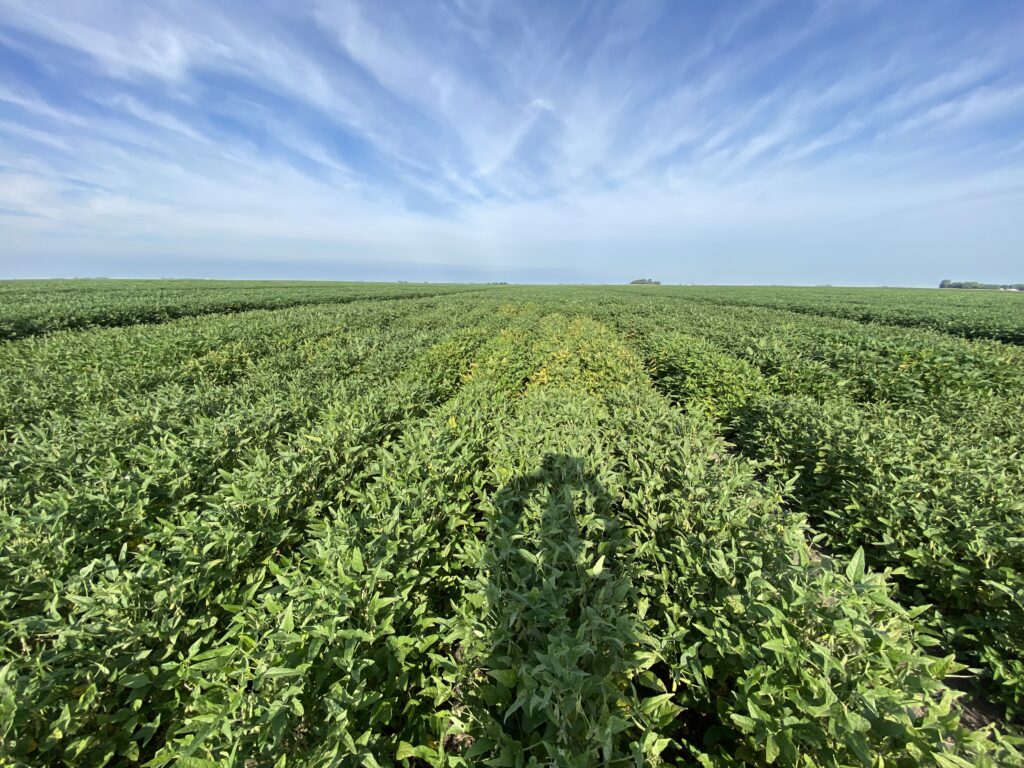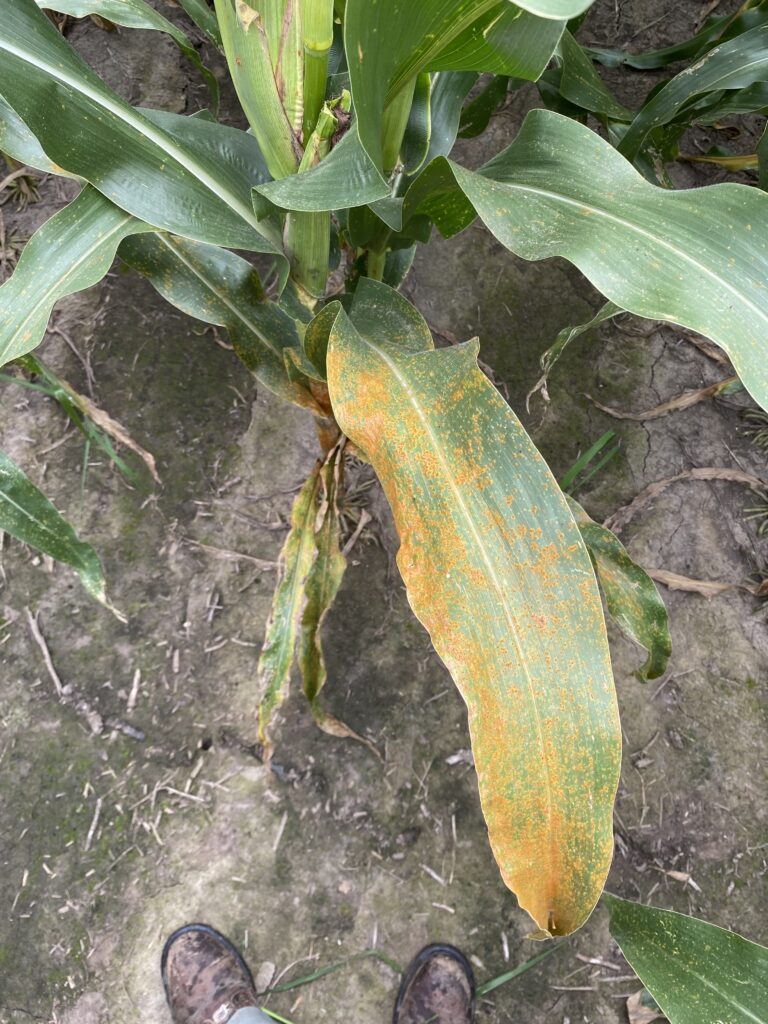Archive
If you find yourself wondering what happened when, look no further than the Crop Report Archive. We’ve compiled past reports, listing the most recent first. You can search by Region, Month, or Reporter to find information.



Cool temperatures lately should help grain fill. Moisture in CIL has been plentiful. Disease is starting to show especially what appears to be SDS in soybeans. I have seen several diseases in corn, but so far nothing of major concern. Tar Spot could be one to watch as it can rapidly evolve. I have heard of some 2nd fungicides being applied to the later planted corn to help it finish. The low areas of fields are starting to show up again, likely due to leached N or compaction and thus lacking root development.
Ideal growing temperatures over the last few days. Ideal conditions for the short term future.
Plentiful rainfall going into later August should make grain fill nice in both corn and soybeans.
Fields are mostly dry, but subsoil moisture should be plentiful.
Scouting should still be an ongoing activity especially for some of the later planted crops. Likely not many applications from this point will happen as the ROI will be diminishing. Applications could make sense if there was heavy pressure, but I have not heard of any areas in CIL that are to the heavy level. Assess management practices and herbicide programs for 2025 are key as harvest will be here soon.
Soybeans are fully podded and filling at this point. Some later planted soybeans do have flowers. I would say most is in the R4-5 stage.
April planted corn is R5 – dent and about 50% milk line. Later corn is R4 dough stage.
NA
Some grasshopper feeding found. Stinkbugs were also found. Neither to any degree of concern.
Weed escapes have broken through the canopy and can be found easily in soybeans. Corn fields also have escapes but the appearance is great control. Most of the escapes are pigweed or waterhemp.
For Soy: the main disease I have seen is SDS, but I know other diseases are being reported. Many look similar so it is critical to do more than look at leaf symptomology.
For Corn: I have seen holcus spot, common rust, southern rust, GLS, corn smut and tar spot this past week. Tar spot is the one of concern as it can develop rapidly and is the only one I have consistently observed across CIL. Most of the tar spot is south and west of Decatur. I have found it in other fields, but it took time to find and was very minimal. I would expect all diseased to continue to develop given the environmental conditions. I have not seen any signs of crown rot yet and hopefully that continues. Less stress during the growing season compared to last year may reduce the stalk rots.


 and then
and then